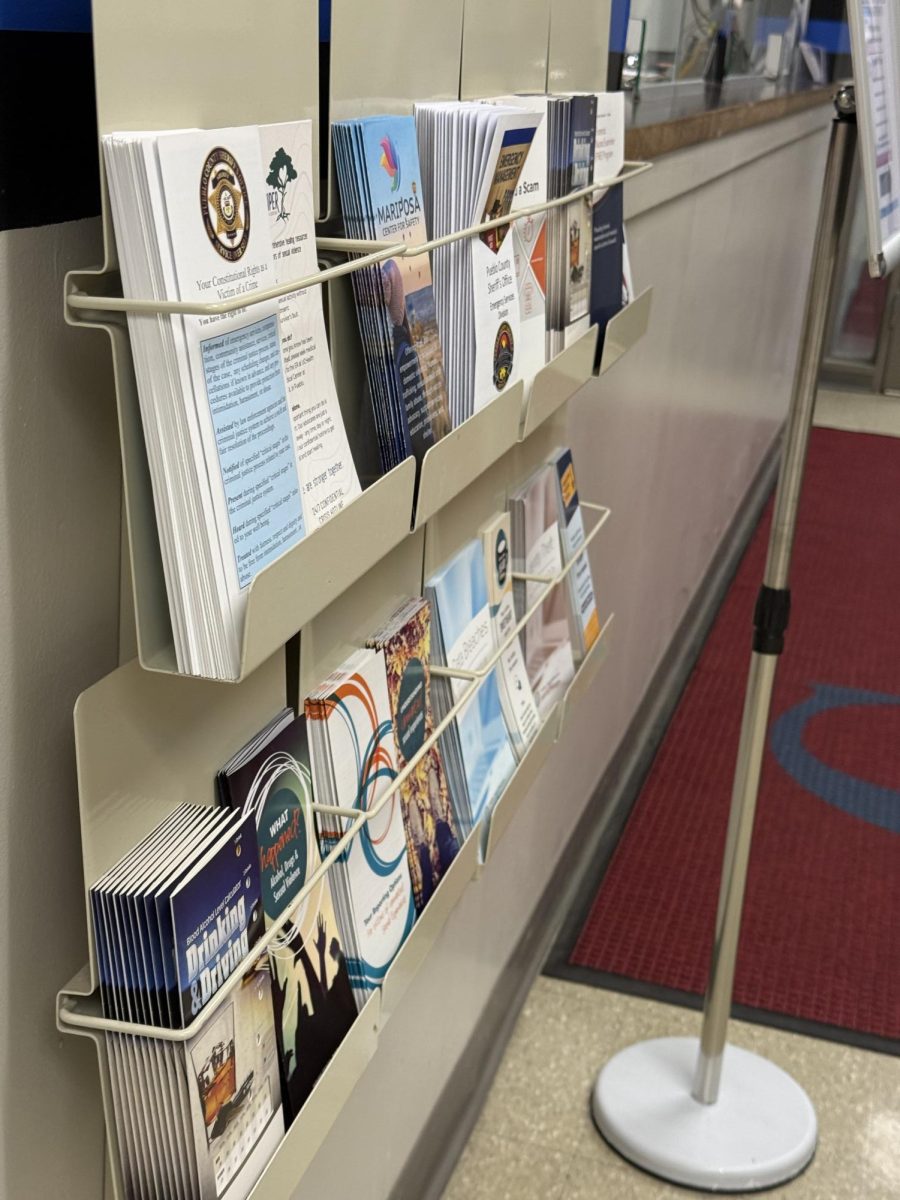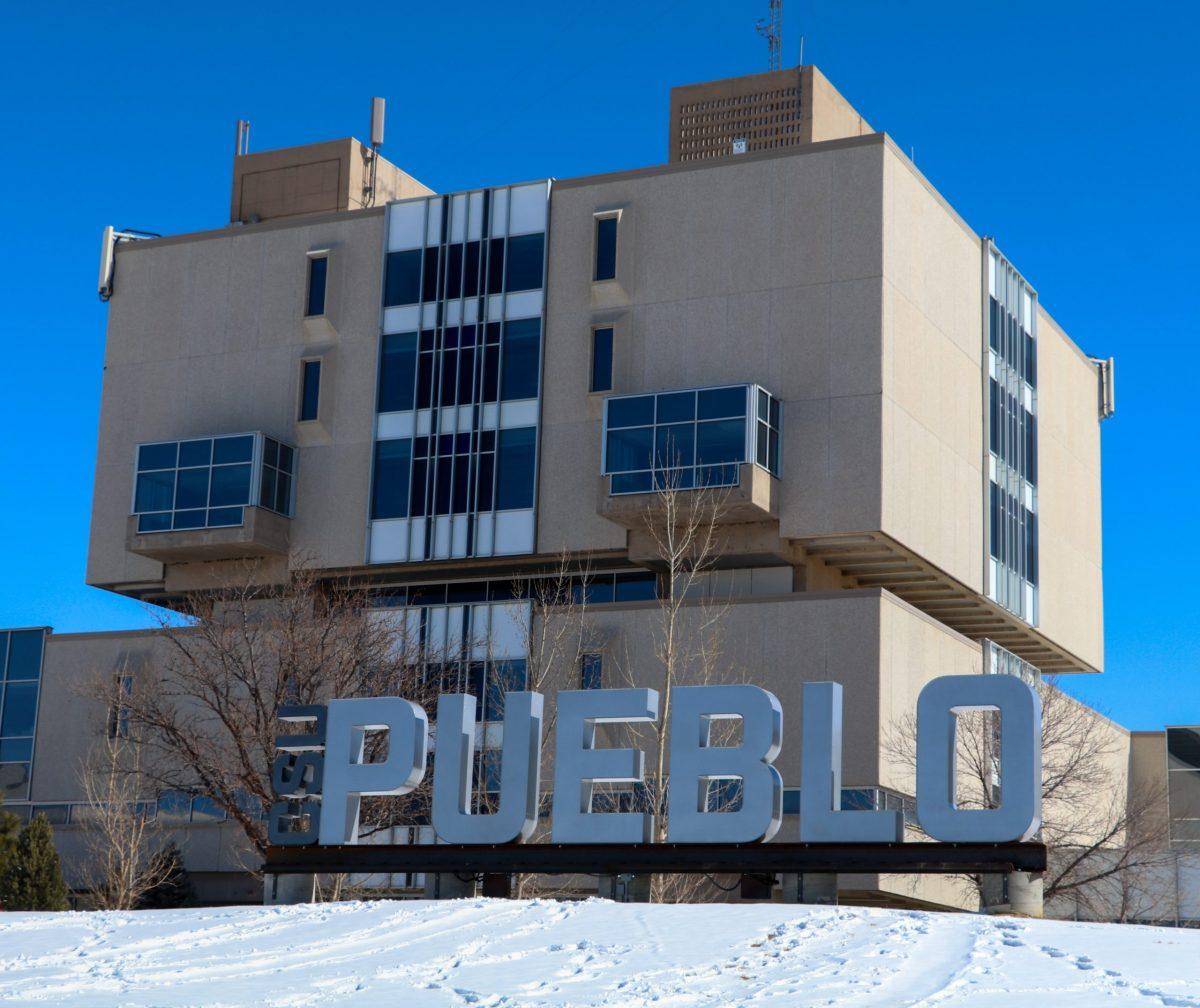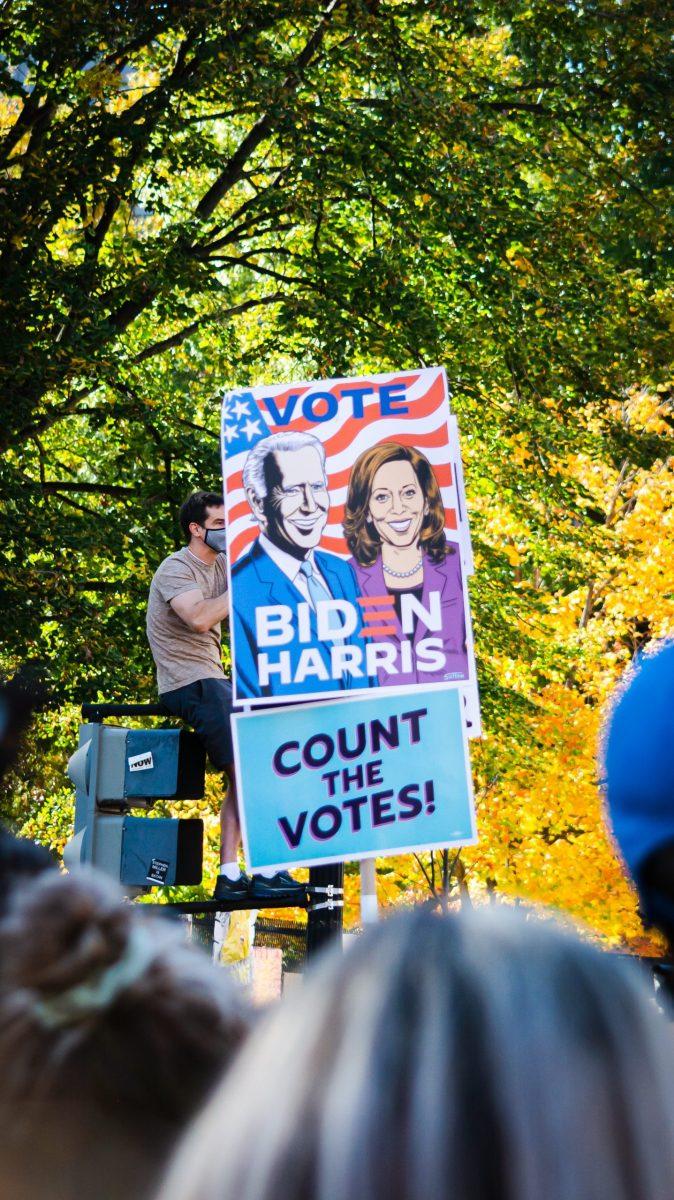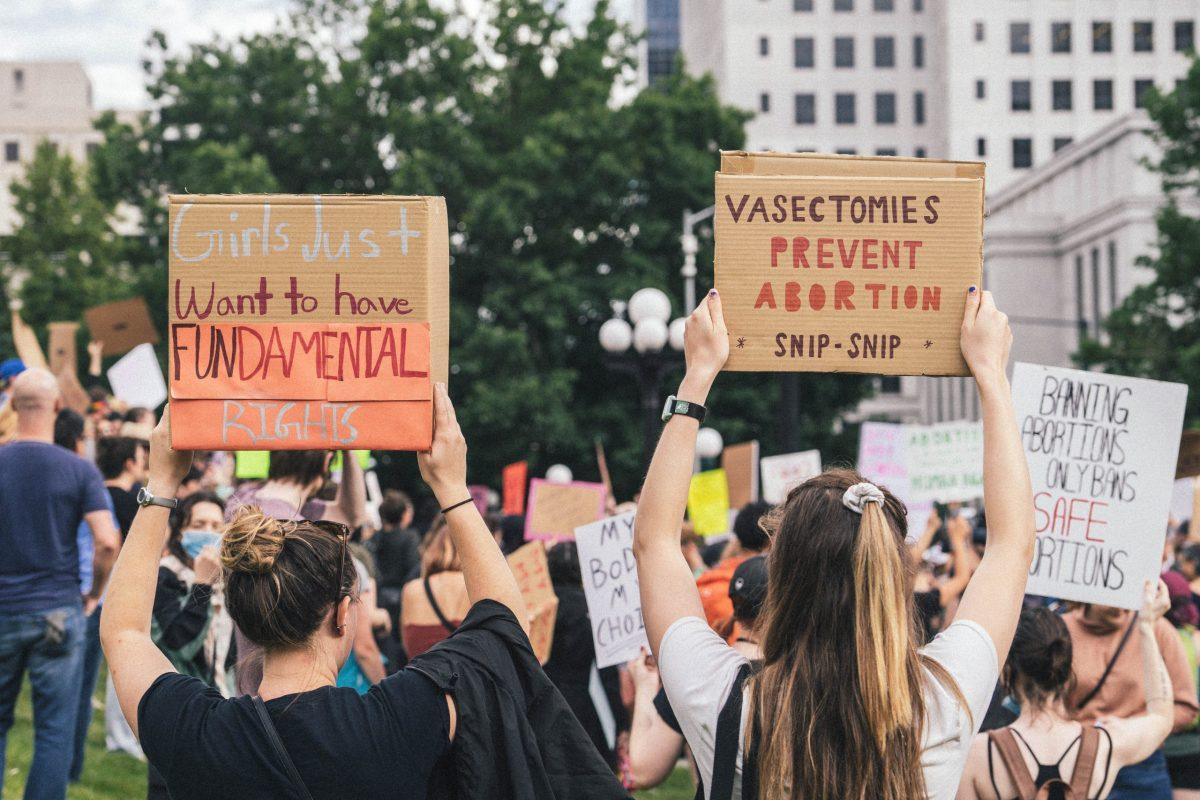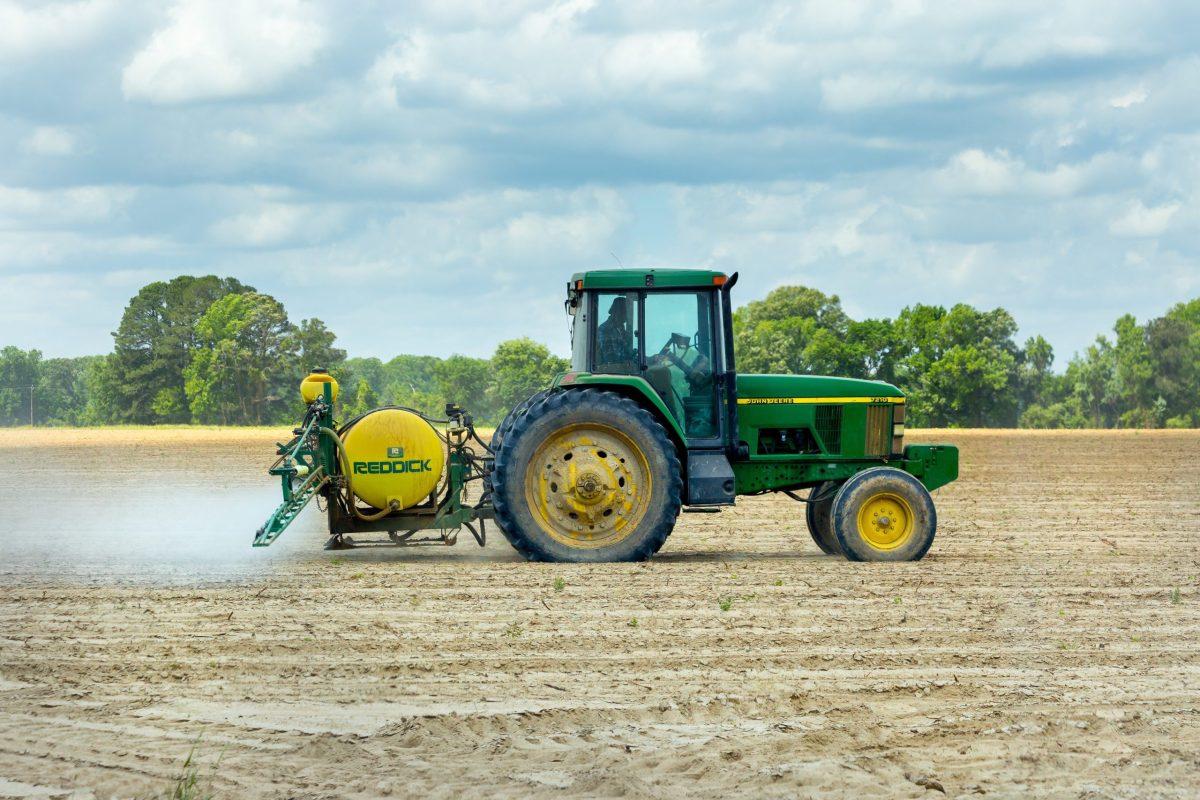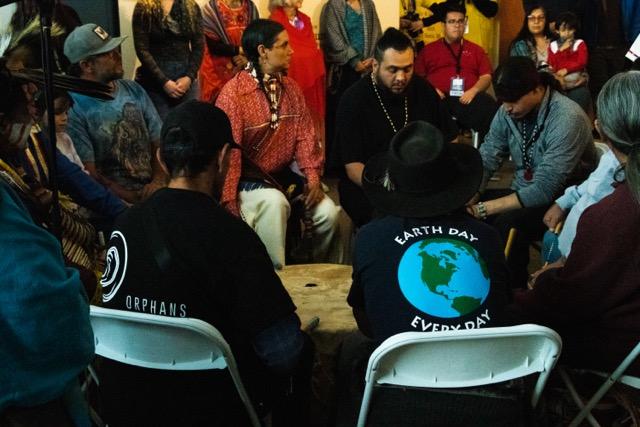
From lighting up and getting high to learning about earth’s resources and getting healthy, an April 20 campus hemp panel featuring experts and researchers aimed to educate students about the beneficial parts of the cannabis plant, as opposed to the drug properties of the plant.
April 20, “Weed Day,” is a holiday unmarked on calendars, but significantly celebrated by many who consider themselves marijuana-friendly. It is a day celebrated even more so throughout the state of Colorado now that marijuana is legal on both recreational and medical levels.
At Colorado State Univesity-Pueblo this year, April 20 was promoted to students across campus as “Hemp Day” sponsored by the Leaders in Ethical Action for the Future as part of their earth week event lineup.
The panel experts included Iginia Boccalandro, a hemp farmer and owner of Fat Pig Society, a workers’ cooperative, Kelly Gehlhoff, an adjunct professor at CSU-Pueblo and both founder and CEO of Perpetual Harvest, a wellness advocacy and sustainability consulting company, and Meral Sarper, a graduate student in the industrial and systems engineering program at CSU-Pueblo researching vitalization and phytoremediation solutions for the Environmental Protection Agency superfund site in Pueblo.
Sarper’s current research has determined that hemp, a phytoaccumulator, is capable of cleaning up toxins like the lead and arsenic left behind from the old metal smeltering site now deemed an EPA superfund area, in addition to other plants like sunflowers and certain grasses.
“Although there may have been another definition of hemp for some time now the federal government is saying that anything that has less than 0.3 percent THC, which is the mind-altering component of the cannabis plant, is considered hemp,” Boccalandro said, “and anything that’s above it is considered marijuana.”
Hemp has over 5,000 uses, ranging from medicinal to textile. Local stores, such as Natural Grocers, sell hemp-based products like foods and lotions.
“There’s so much that needs to be done strategically for us to reclaim the power of this plant and stop buying into the stigma about ‘all those people are stoners we don’t need to pay attention to them,’” Gehlhoff said. “It isn’t about that. It’s about us understanding the many uses, whether it’s medicinal or not and then being responsible to reclaim that.”
Hemp use in the United States dates back to the beginning of the country. Both George Washington and Thomas Jefferson were hemp supporters and grew it themselves. The Declaration of Independence was even written on hemp paper.
“It’s interesting, they basically consider marijuana and hemp the same even though we have been trying for years to say ‘no they’re not the same’ now under the law, for now until we make more changes … to maybe change that law to make it a little bit more sensible to the actual stipulation that hemp is different than marijuana, but for now they basically consider anything in the Cannabis sativa family marijuana,” Sarper said.
Audience member Judy Romero-Saldana recalled a comical story of when she was younger and her and her friends did not know the difference between hemp and marijuana.
“I remember back in the ‘60s there was a store on Main Street here in town that used to sell hemp cookies and clothing and shoes and all of us would hang out there and eat the cookies thinking we were going to get high. Really, were just eating healthy I guess,” she said.
Romero-Saldana is now a hemp advocate and supporter herself.
Regarding the panel overall, Boccalandro hopes that the students who attended are able to “speak intelligently to other people about it and that we can stand together to fully benefit from this very divine plant.”
In addition to the panel, Hemp Day featured an information session with the Planet of Awe nonprofit, an environmental stewardship organization and two screenings of the documentary “Bringing it Home” both before and after the hemp panel.
The Industrial Hemp Research Foundation was also invited to speak at the panel, but could not make it.




